-

How Do You Put Lights on The Christmas Tree
Whether you’re decorating for a religious or secular holiday, the Christmas tree represents life and light. From ever...
-

What Is Thanksgiving and What Is a Tea Set?
Thanksgiving is celebrated by many Americans with a bountiful feast featuring turkey, attending religious services, v...
-

Transform Your Café: A Guide to Stunning Decor
In the bustling world of coffee culture, a café isn’t just a place to grab a quick cup of joe. It’s a haven, a commun...
-

Orangme’s Halloween Gift Guide for the UK Market
Halloween is a time of fun, fright, and festivity in the UK. It’s a season when people transform their homes into spo...
-

A Journey Through Japanese Aesthetics: From Gardens to Lamps
Embarking on a journey through Japanese aesthetics is like stepping into a world where nature, art, and tranquility b...
-
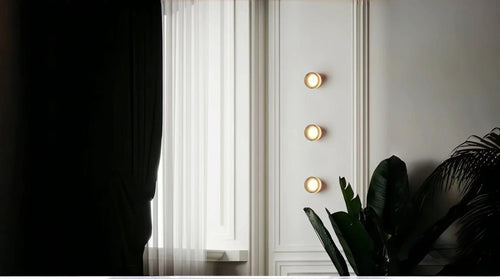
Illuminate Your UK Home with Minimalist and Scandinavian Wall Lights
In the realm of interior design, few styles have captured the hearts of UK homeowners quite like the minimalist and S...
-

Unveiling the Mystique of Halloween: A Spooky Celebration
Halloween is a holiday that has captured the imagination of people around the world with its blend of mystery, fun, a...
-

Elevate Your Lifestyle with the Togo Chair: A Haven of Comfort and Style
In the realm of interior design, few pieces of furniture can rival the allure and functionality of the Togo chair. Th...
-

Bohemian - Inspired Ceiling Lights: A Global Design Craze for Free - Spirited Homes
In the ever - evolving world of interior design, bohemian style has emerged as a global phenomenon, captivating the h...
-

Illuminate Your Space: A Guide to Different Styles of Pendant Lights for the UK Market
In the UK, where the love for interior design runs deep and homeowners are constantly on the lookout for the latest t...
-

Upcycling Ideas: Give Old Decor a New Life
Ready to refresh your home without splashing out? ♻️🏡 Upcycling is the answer-and Orangme is here to inspire you!
Pai...
-
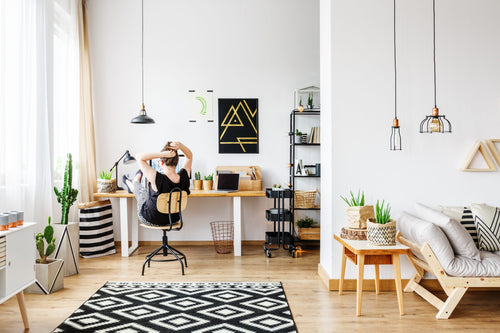
Creating the Perfect Freelance Workspace in the UK: Lighting and Furniture Insights
Understanding the UK Freelancer’s Needs
British freelancers often lean towards a blend of traditional charm and moder...
-

British Afternoon Tea: Cultural Symbolism Meets Traditional Rituals
Afternoon tea ideas
Whether you want to add some elegance to your tea party or just enjoy a tasty treat, we have a wo...
-

How to Be Happy: A Holistic Guide
Happiness is a pursuit that has intrigued humanity for centuries. It’s not just a fleeting emotion but a state of wel...
-

Unleash Your Inner Power: Mastering Intimate Relationships in the Age of Self - Discovery
Intimacy is a key part of a healthy relationship. It involves deep conversations, inquiry into your partner’s feeling...
-

The Art of Pendant Lights: Transforming Kitchens with Style and Design
The right pendant lighting enhances ambience while blending function and design. This versatile fixture can illuminat...
-
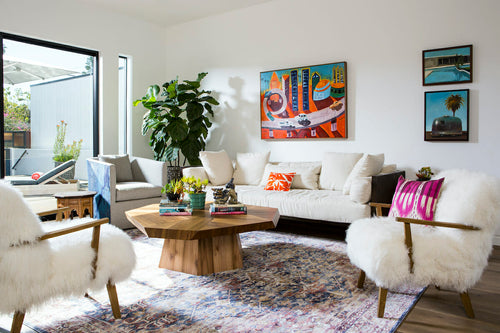
Easy, Budget-Friendly Summer House Decor Ideas
Embrace the summer vibe and create a welcoming atmosphere. Whether you’re hosting friends or enjoying quiet time, an ...
-

How to Decorate a Large Wall
There's no one-size-fits-all answer to the question of how to decorate a large wall. However, there are plenty of pro...
-
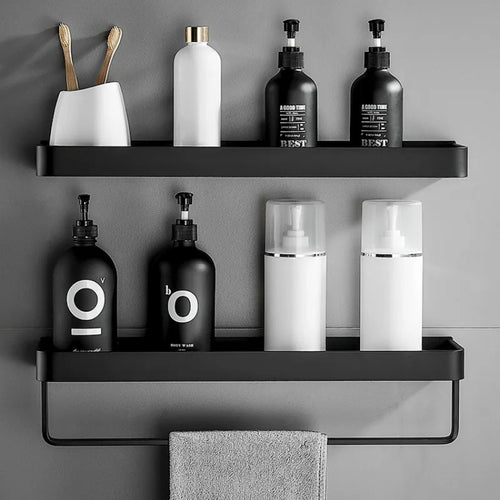
How to Organize a Small Bathroom
A well-organized bathroom is not only easier to maintain, but it can also look beautiful. Use these tips to transform...
-
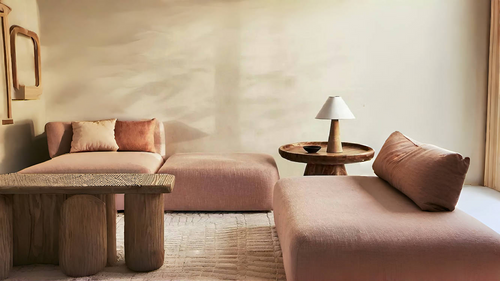
Wall Lights for Small Spaces - Maximizing Style in Tiny Homes
Decorate your tiny home to reflect your personality and lifestyle. Incorporate unique accents, personal mementos, and...
-

How to Clean Your Vase
A vase adds a touch of elegance to any room. It is a must-have in any home.
Before you start to arrange your flowers,...
-
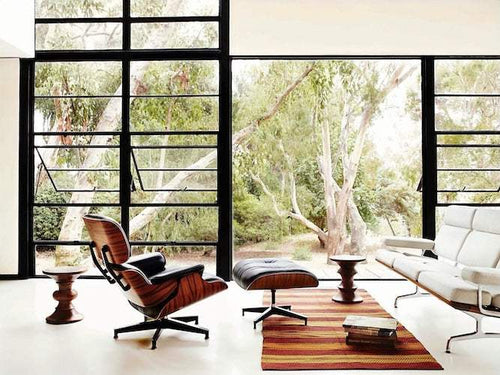
Father’s Day Gift Guide for UK Dads: From Cozy Seating to Practical Treasures
Hey there, UK folks! Father’s Day is just around the corner, and it’s time to show our dads how much we truly appreci...
-
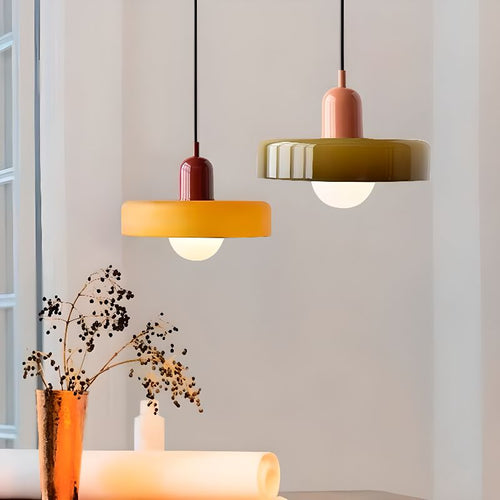
Maximizing Small Spaces With the Right Ceiling Lights
Whether you’re working with a tiny nook or a tight apartment, good lighting is key to elevating your space. Use the r...
-

What if the person you like doesn’t like you?
If you like a butterfly, never try to chase it.
It’s extremely difficult to catch up with it.
Instead, you should...
-
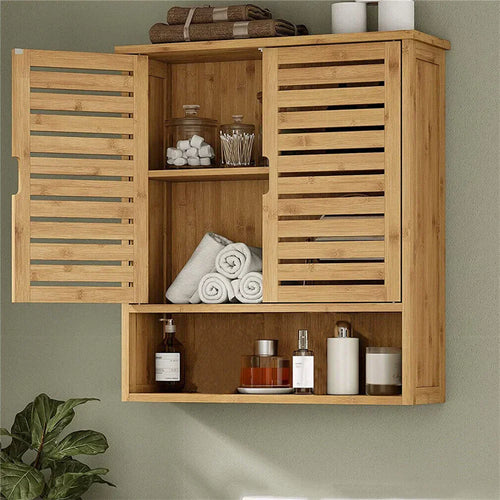
Sustainable Home Decor: Eco-Friendly Choices for Every Room
Make your home beautiful and green with Orangme’s sustainable decor collection.
Eco-Friendly Materials
Opt for FSC-c...
-

How to Transform Pendant Lights Into Modern Statement Pieces
Pendant lights offer both ambiance and targeted illumination, whether they're used individually or grouped in cluster...
-

Orangme’s Top Picks: Must-Have Wall Decor for a Modern Home
At Orangme, we believe that wall decor is the heart of a modern home. It’s not just about filling empty walls—it’s ab...
-
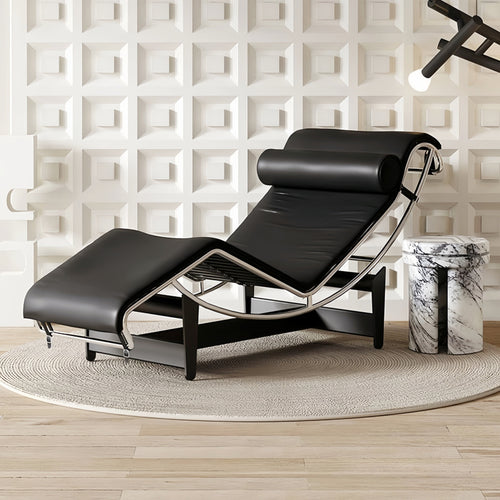
Unveiling the Wonders of Chair Design, Functionality, and Interior Enhancement
A chair isn’t just something you sit on. It can promote certain behaviours and responses and actively encourage and r...
-
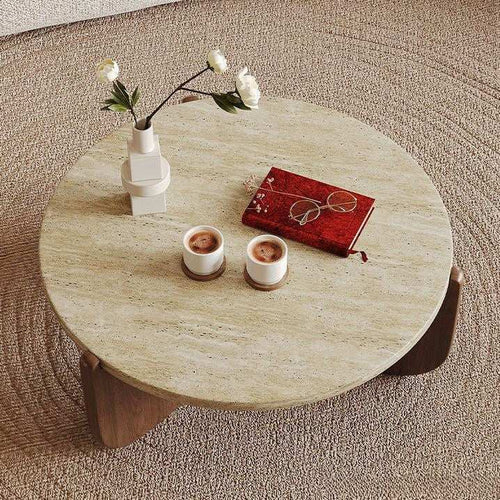
Luxury Redefined: Why Travertine Coffee Tables Are the Ultimate Statement Piece
When it comes to creating a sophisticated and timeless living space, nothing makes a statement quite like a travertin...
-

Choosing a Desk Lamp for a Modern Workspace
There’s something about the soft glow of natural sunlight filtering through your window that’s enchanting. It uplif...
-
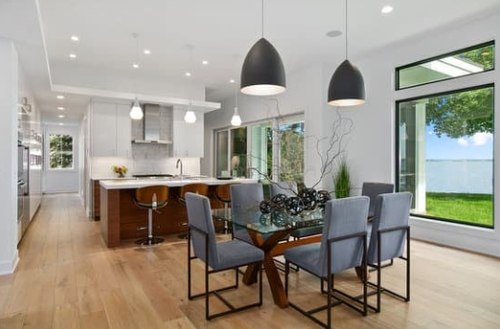
The Art of Home Styling: Must-Have Furniture & Lamp; Lighting for 2025 🏡✨
As we step into 2025, home styling is evolving, embracing a blend of elegance, comfort, and functionality. With the n...
-
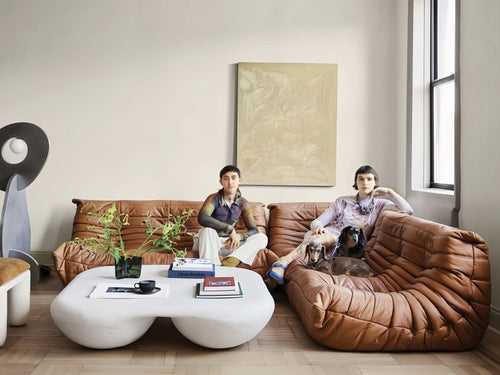
Create Your Dream Home: Unique Furniture & Decor Ideas
Are you ready to transform your space into a sanctuary of style and comfort? With the perfect combination of modern d...
-

Elevate Your Home with Orangme: Timeless Elegance, Modern Comfort 🏡✨
As we step into 2025, it's the perfect opportunity to refresh your living space with a combination of timeless elega...
-

How to Get Furniture Marks Out of Carpet
Furniture marks in carpet are a common nuisance that can be quite unsightly. Fortunately, there are several ways to g...
-
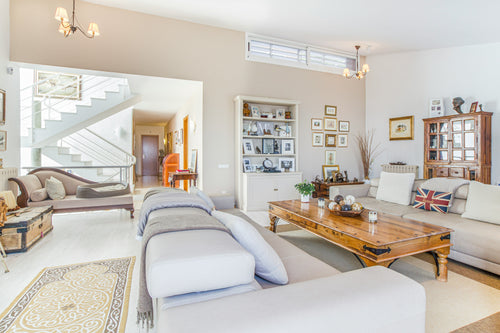
Home Trends for 2025: Let Orangme's Products Help You Keep Up with the Trends
As we look forward to 2025, home decor trends are evolving, and it's the perfect time to refresh your space. Whether ...
-
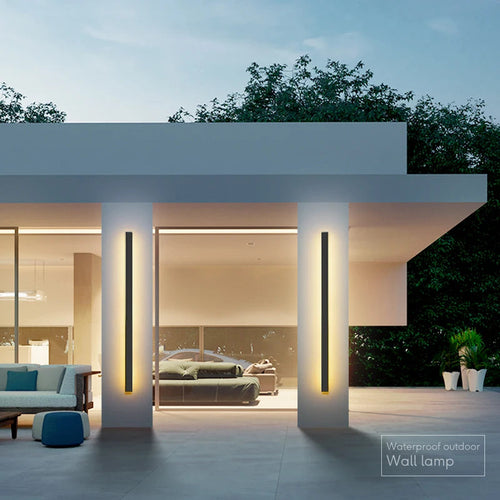
Enhance the Exterior of Your Home With Outdoor Wall Lights
Outdoor wall lights can be a beautiful way to illuminate the exterior of your home. They can also be a powerful desig...
-
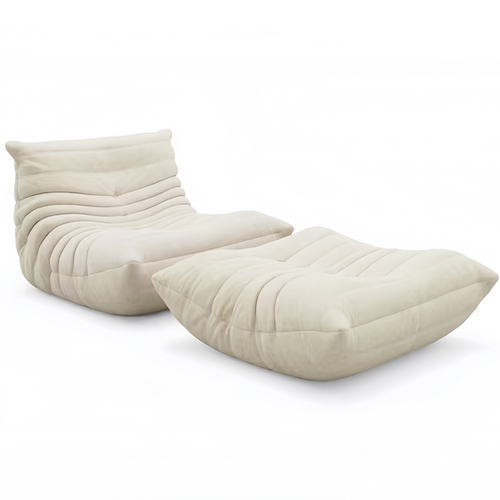
Togo Chair: A Fusion of Comfort and Style
The Togo chair, designed by Michel Ducaroy in 1973, is a timeless piece that seamlessly blends comfort with modern ae...
-
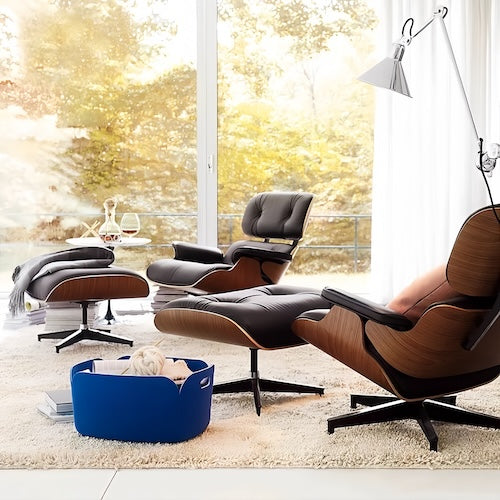
Discover If the Eames Chair Is Comfortable: A Deep Dive into Its Design, Materials
Charles and Ray Eames worked with plywood to make their designs. They had previous experience molding plywood for the...
-

Ceiling Lights For Living Room Wall Lighting Ideas
Team ceiling lights with living room wall lighting ideas and table or floor lamps to balance bright illumination with...
-
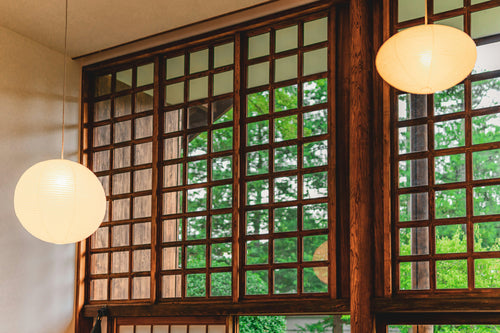
The Impact of Colour Temperature on Room Aesthetics: Creating the Perfect Ambience
When designing a room, one of the most important yet often overlooked elements is lighting. Colour temperature plays ...
-
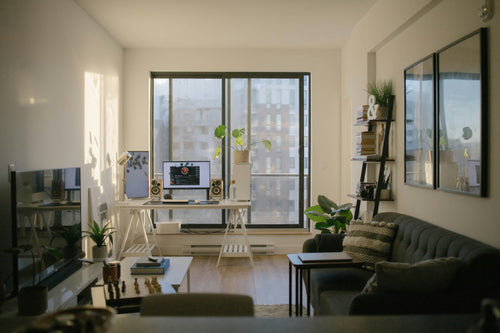
The Best Lighting Solutions for Home Offices and Workspaces
In today's hybrid work environment, many of us are spending more time working from home. Whether you're setting up a ...
-

What Colours Go With Grey Sofa?
Gray couches can serve as a neutral canvas that showcases your personal style. Choose to add a pop of color with text...
-

Lighting Mistakes to Avoid Common Errors and How to Fix Them
Lighting is one of the most important elements of home décor, yet many of us overlook its power to transform a space....
-

Statement Lighting: Bold Designs to Elevate Your Home Décor
When it comes to transforming a space, few elements have as much impact as statement lighting. At Orangme, we believe...
-
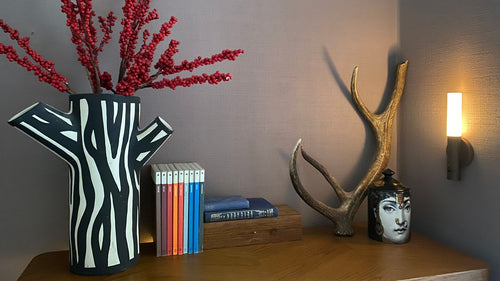
Save Energy, Light Up Your Life: Rechargeable Wall Lights Explained
Rechargeable wall lights have a built-in battery that stores energy to power the bulb when turned on. This allows for...
-
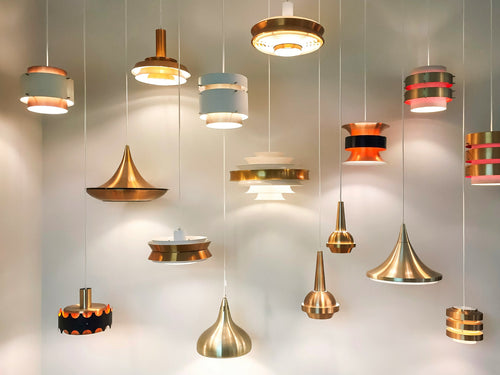
Choosing the Perfect Lighting for Every Room in Your Home
Lighting plays a crucial role in defining the atmosphere and functionality of every room in your home. The right ligh...
-
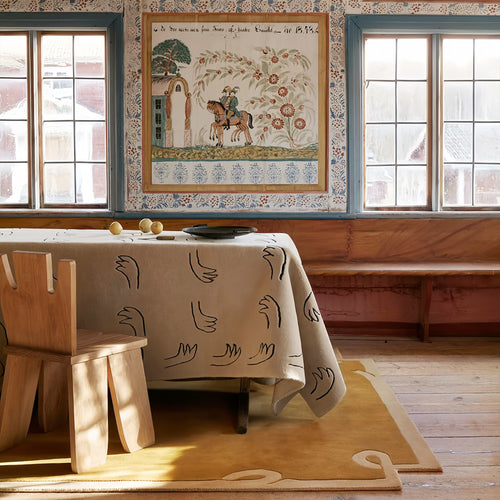
How to Clean a Rug: Expert Tips for Perfect Results
Living room rugs add a wonderful touch of colour and warmth to the room. It is important to keep them clean and odou...
-

How Can I Stop Rugs Moving on Carpet
Living room rugs are a great finishing touch to any room, but they can move around if not properly secured. They of...
-

Find Your Perfect Egg Chair with Us | Shop Now
Welcome to a place where luxury home decor joins hands with ultimate comfort. Our iconic Egg Chair range is made to c...
-
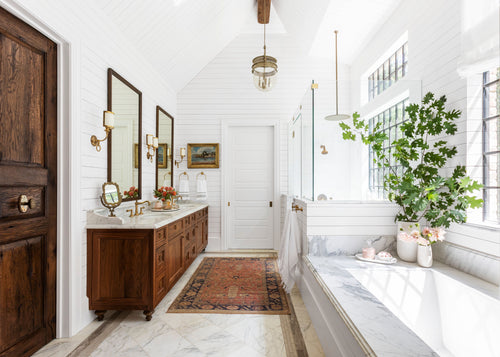
Turn Your Bathroom Into a Relaxing Oasis With Bathroom Shelf Decor
The bathroom shelf—once home to dusty cotton tips, half-empty shampoo bottles, and rolled up toilet paper—has become...






















































